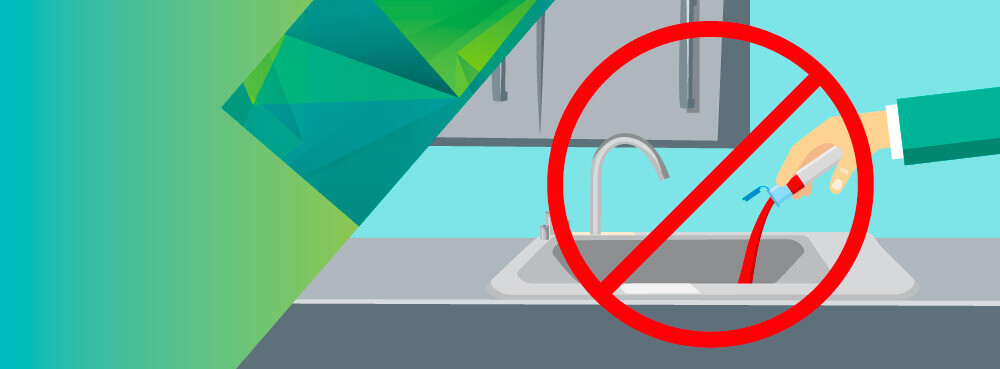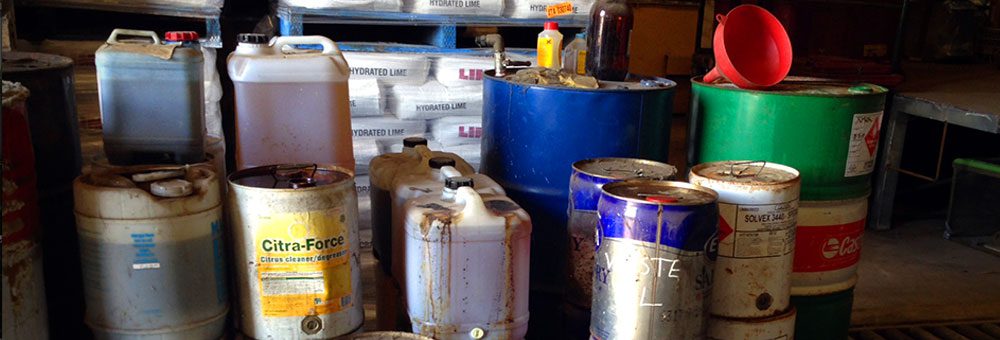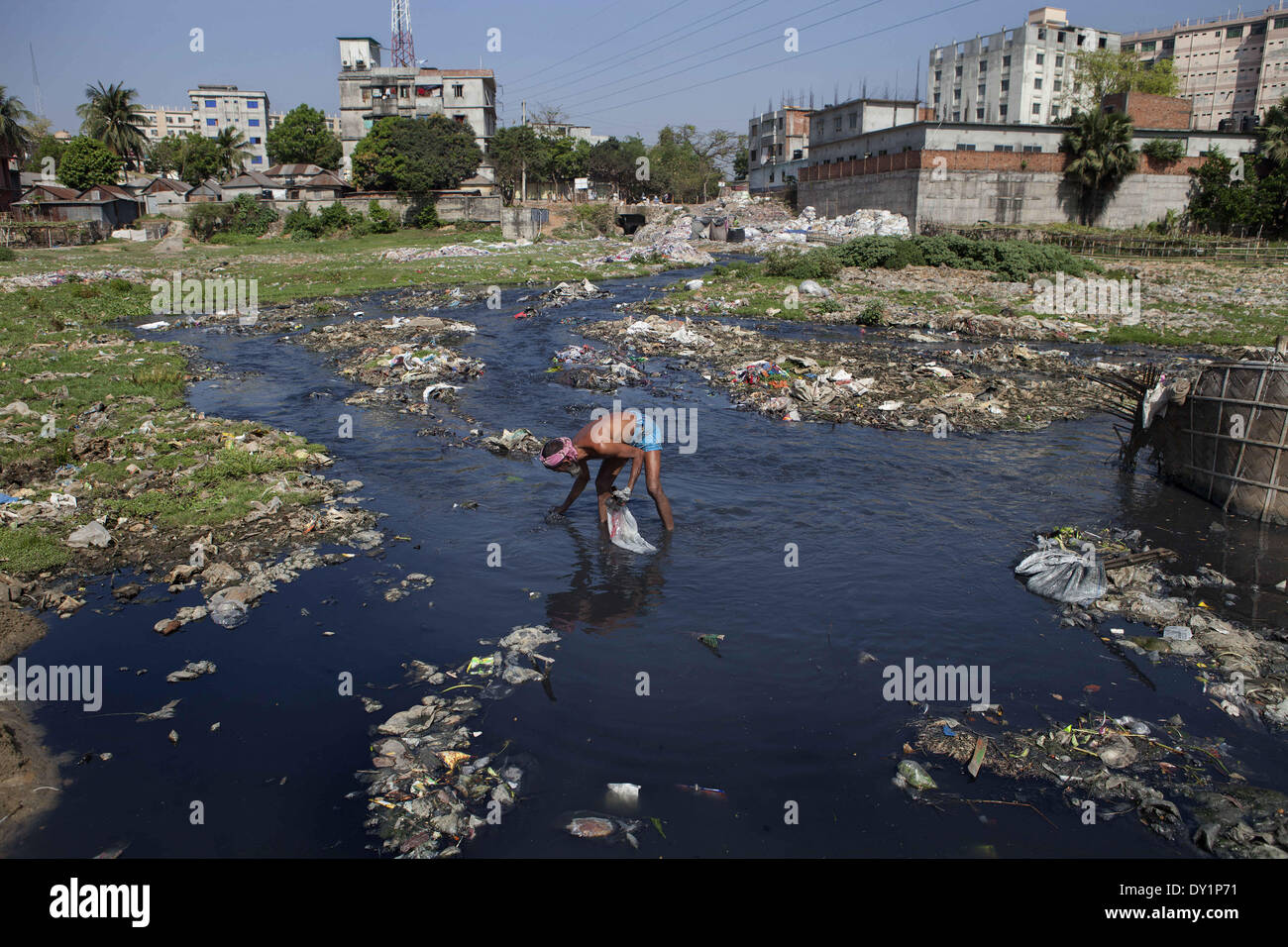How Fluid Waste Disposal Works: An In-depth Review of Strategies and Technologies Utilized

Introduction of Liquid Waste Types
The intricacy of liquid waste types demands a comprehensive understanding of their characteristics and implications for disposal. Fluid waste can extensively be categorized into a number of kinds, including commercial, municipal, farming, and unsafe waste. Each classification displays distinct residential or commercial properties, calling for specific administration methods to alleviate environmental and health threats.
Industrial liquid waste originates from producing procedures and usually has a series of contaminants, such as hefty steels, solvents, and organic substances. Metropolitan liquid waste, primarily consisting of wastewater from households and business facilities, contains natural issue, nutrients, and virus (industrial wastewater treatment). Agricultural liquid waste, consisting of runoff from farms, may consist of plant foods, pesticides, and pet waste, positioning risks to water top quality and ecological communities
Unsafe fluid waste is characterized by its poisoning, sensitivity, or prospective to cause harm. Comprehending these diverse liquid waste types is important for creating reliable disposal approaches and ensuring compliance with ecological guidelines.
Physical Therapy Approaches

Testing is the first step, where bigger bits and particles are gotten rid of from the fluid waste utilizing displays or grates. In sedimentation containers, heavier bits work out at the bottom, developing a sludge layer, while the made clear fluid can be additional dealt with.
Purification is another vital method that entails passing the fluid via porous products, such as sand or membrane layers, to capture smaller sized bits. This action improves the top quality of the fluid, making it suitable for subsequent therapy processes.

Chemical Treatment Methods
Chemical treatment strategies are vital for efficiently taking care of liquid waste, particularly in dealing with dissolved and colloidal impurities that physical approaches might not effectively eliminate. These strategies make use of numerous chemical agents to reduce the effects of, speed up, or transform unsafe materials right into less unsafe types.
One typical approach is coagulation and flocculation, where chemicals such as alum or ferric chloride are contributed to promote the aggregation of put on hold particles. This process enhances sedimentation, permitting less complicated removal of the resulting sludge. In addition, oxidation procedures, employing agents like chlorine or ozone, are used to damage down intricate natural compounds and virus, making the waste more secure for discharge or more therapy.
Neutralization is another vital strategy, which changes the pH of acidic her latest blog or alkaline waste streams to neutral degrees, stopping potential damage to downstream systems and the atmosphere. Additionally, progressed oxidation processes (AOPs) utilize mixes of oxidants and ultraviolet light to deteriorate relentless pollutants, achieving a greater level of therapy performance.
Biological Therapy Procedures
Organic treatment processes play an essential duty in the monitoring of liquid waste by utilizing microorganisms to break down raw material and minimize impurity levels. These procedures can be extensively categorized right into cardio and anaerobic therapies, each utilizing particular microbial neighborhoods to achieve effective waste degradation.
Cardio therapy entails the usage of oxygen to facilitate the breakdown of natural materials by germs. This process is typically implemented in activated sludge systems, where oygenation containers give a conducive setting for microbial development, causing the oxidation of organic pollutants. The resultant biomass can be separated from treated effluent with sedimentation.
On the other hand, anaerobic treatment occurs in the absence of oxygen, relying on different microorganisms to damage down organic issue. This approach is specifically useful for high-strength waste, as it creates biogas, a sustainable power resource, while minimizing sludge manufacturing. Technologies such as anaerobic digesters are regularly employed in community and commercial applications.
Both anaerobic and aerobic organic treatments not only decrease the ecological impact of liquid waste yet likewise help with resource healing, making them necessary components of sustainable waste monitoring approaches. Their efficiency, effectiveness, and adaptability support their widespread application across numerous markets.
Arising Technologies in Disposal
Cutting-edge strategies to fluid waste disposal are swiftly progressing, driven by developments in modern technology and an enhancing focus on sustainability. Amongst these emerging modern technologies, membrane layer bioreactors (MBRs) have acquired traction for their capability to combine organic treatment with membrane filtration, causing premium effluent that can be reused in different applications. MBRs allow smaller sized impacts and much more reliable procedures contrasted to typical systems.
One more promising growth is the use of anaerobic food digestion incorporated with nutrient recovery technologies, which not only deals with fluid waste however additionally produces biogas and recuperates beneficial nutrients like nitrogen and phosphorus. This double benefit enhances source performance and lowers environmental impact.
Furthermore, progressed oxidation processes (AOPs) are being embraced for the degradation of complicated organic toxins. These techniques use effective oxidants and catalysts to damage down pollutants at the wikipedia reference molecular degree, using an extremely effective option for difficult waste streams.
Moreover, the assimilation of expert system and artificial intelligence in waste management systems is optimizing operational performance and predictive upkeep, leading to decreased expenses and improved ecological conformity. These modern technologies show a significant change in the direction of even more efficient and weblink sustainable fluid garbage disposal methods.
Final Thought
In conclusion, reliable liquid waste disposal necessitates a thorough understanding of different techniques and technologies. By continually progressing these methodologies, it ends up being possible to deal with the growing obstacles associated with fluid waste, inevitably contributing to ecological defense and source recuperation.
Liquid waste disposal is a crucial aspect of ecological management, calling for a detailed understanding of various techniques and modern technologies customized to different waste kinds. Fluid waste can extensively be categorized right into numerous kinds, including industrial, metropolitan, farming, and dangerous waste. Agricultural fluid waste, consisting of drainage from ranches, may include plant foods, chemicals, and animal waste, presenting threats to water high quality and communities.
Numerous physical treatment techniques play a critical duty in taking care of fluid waste efficiently - industrial wastewater treatment.In final thought, effective liquid waste disposal necessitates a detailed understanding of various strategies and modern technologies